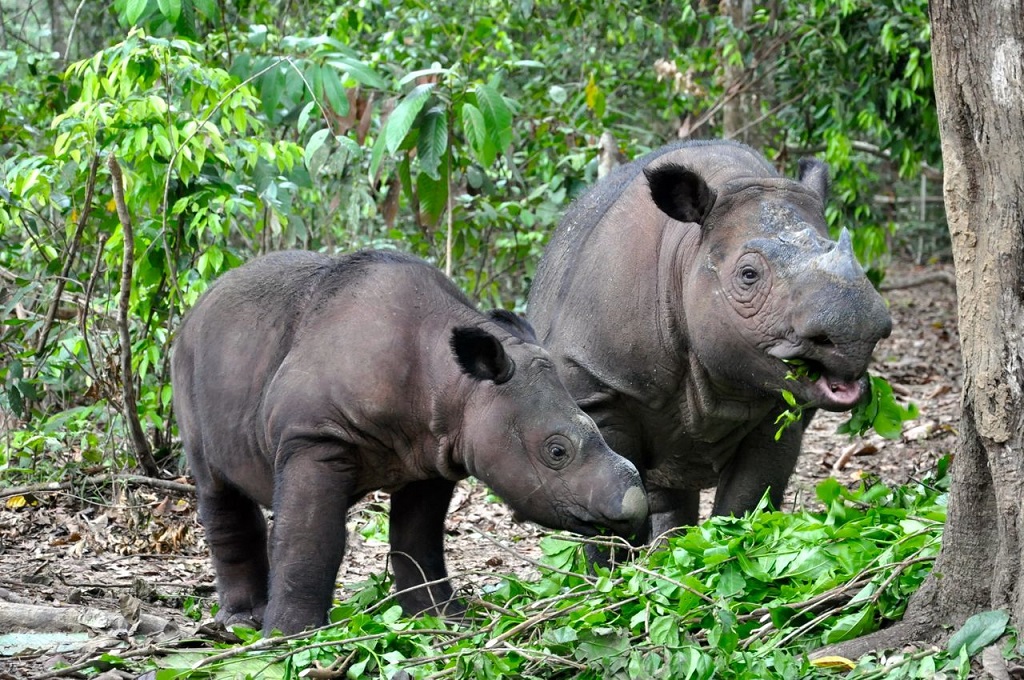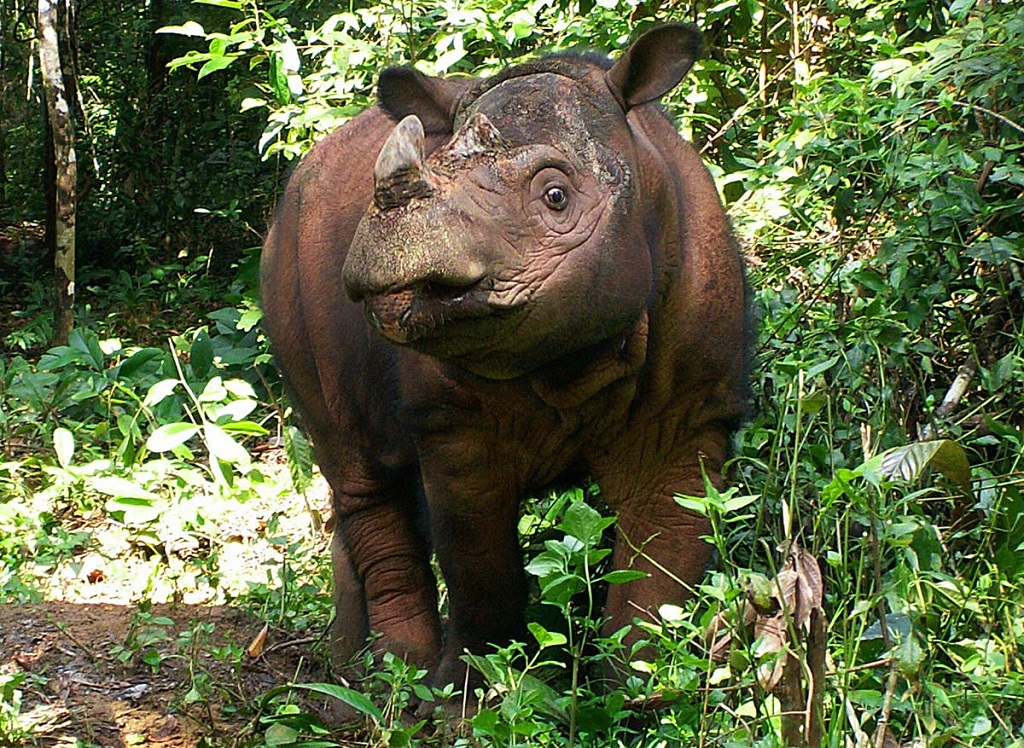Time for sorrow
Another giant has left us: The Sumatran Rhino is extinct in the wild
In the Malaysian state of Sabah there are no Sumatran rhinos left in the wild, the Environment Minister says.
The eastern Sumatran rhinoceros (Dicerorhinus sumatrensis harrissoni), also known as the Bornean rhino, is the worold’s smallest rhino, a subspecies of the Sumatran rhinoceros (Dicerorhinus sumatrensis), and is a shy and lone creature that inhabits Bornean forests.
Or better, it inhabited. In fact, according to the Environment Minister Masidi Manjun, there are no Sumatran rhinos left in the wild in the Malaysian state of Sabah. In 2008, about 50 rhinos lived in the wild, 5 years later there were only 10 individuals left, and today they are likely to be extinct.
The decline of this species is mainly linked to 2 factors: poaching for rhino’s horn (the horn actually doesn’t have any medical benefit, contrary to many people’s beliefs), and habitat loss due to deforestation, mainly carried out to make place to oil palm plantations, and to human settlements.
There are currently only 3 surviving Sumatran rhinos in Sabah, two females and one male (Iman, Puntung and Tam), held in fenced, natural conditions at theBorneo Rhinoceros Sanctuary (BRS), but they seem to have reproduction problems.
“There is still hope to save the species from extinction. The only way now to achieve that is to use in vitro fertilization,” said John Payne, the Executive Director of the Borneo Rhino Alliance (BORA) and one of the world’s top experts on the species.
Sumatran rhinos come from the Pleistocene, when lots of individuals freely lived in the forests of India, Bangladesh, Myanmar, Laos, Thailand, Malaysia, Indonesia, and China, until 1930, when men started hunting them for their horns, which were traded to Chinese people in exchange for porcelain objects.
Gradually, rhinos started hiding in thick forests, until men deforested such areas allowing poachers to reach them. Another animal species is on the brink of extinction, due to the endless human blood lust.
There’s still hope to save these mammals that appeared 20 million years ago, and to make them continue roaming wild in our planet’s forests.


No comments:
Post a Comment